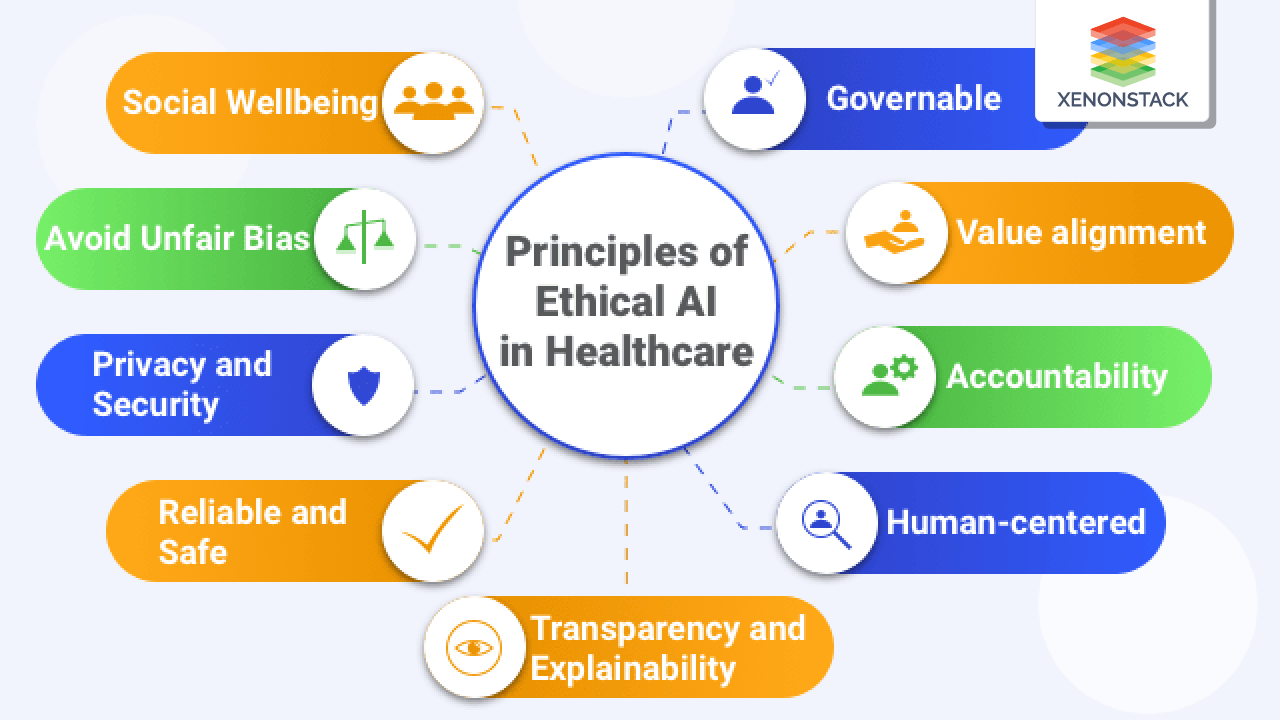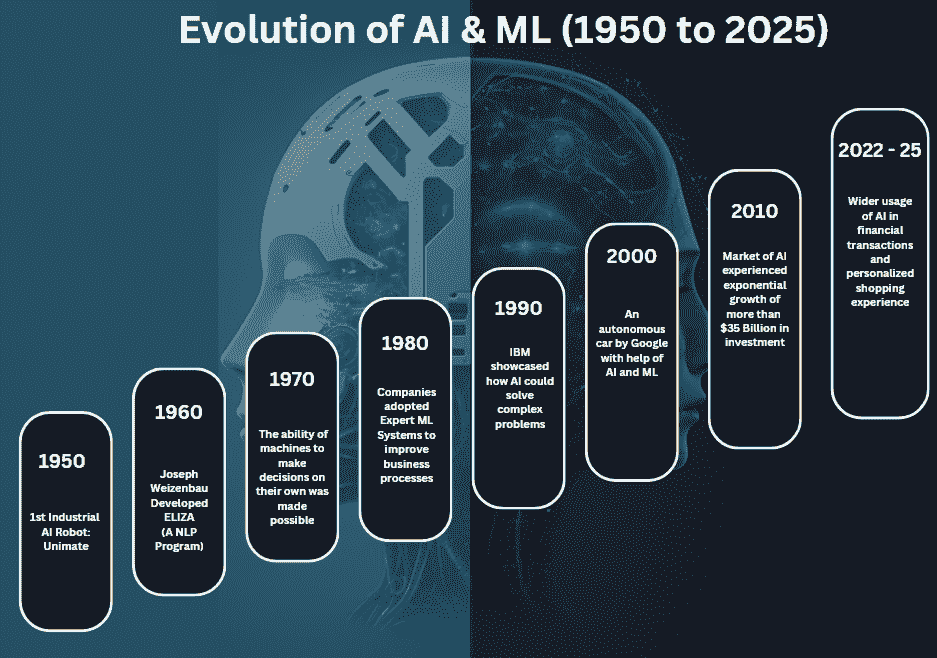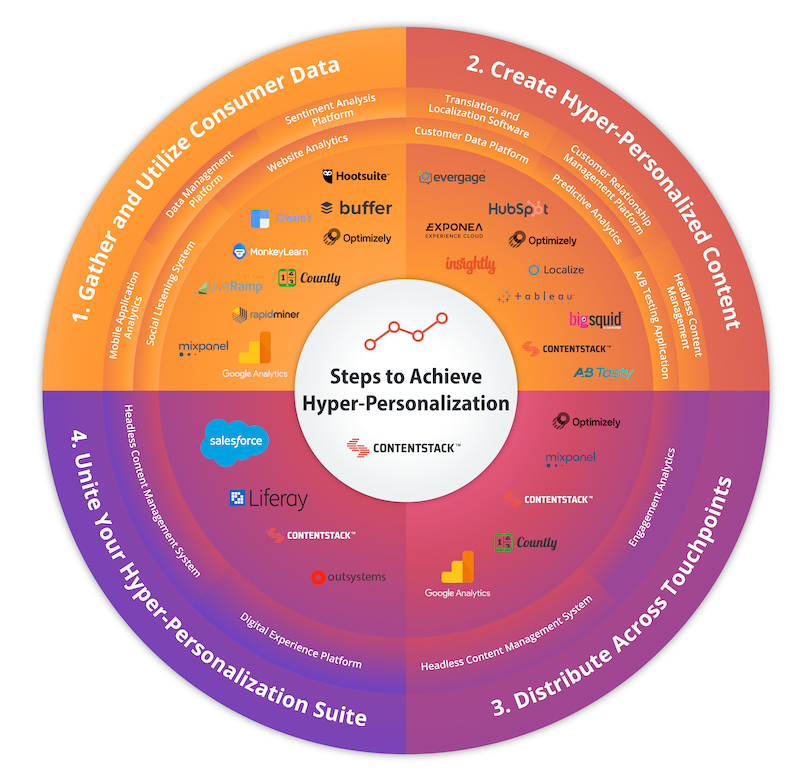Introduction
AI-driven hyper-personalization signifies a fundamental shift in how businesses engage with their customers in today's digital marketplace. This approach leverages artificial intelligence (AI) technologies to process extensive amounts of customer data, enabling marketers to create tailored experiences aimed at specific individuals. Recently, organizations have increasingly recognized the importance of personalization, particularly in enhancing customer engagement and boosting sales.
As consumer expectations evolve, the demand for personalized experiences reflecting individual preferences continues to grow. Evidence suggests that AI-driven personalization can enhance engagement metrics, such as click-through rates and customer retention, by addressing specific needs and desires. For instance, approximately 35% of Amazon's revenue can be attributed to its highly effective recommendation engine, which uses customer behavior data to suggest personalized products.
This guide offers a thorough overview of AI-driven hyper-personalization, providing actionable insights for digital marketers and content strategists. It covers essential aspects, including audience segmentation techniques, A/B testing implementation, ethical considerations, GDPR compliance, and the transformative role of predictive analytics in content strategies. By understanding these key elements, marketers can effectively utilize AI to foster deeper relationships with customers, leading to higher satisfaction and loyalty in their brands.
An infographic visualizing the process and benefits of AI-driven hyper-personalization in digital marketing strategies (Source: Content Stack)
Unlocking Customer Insights with Effective Segmentation Techniques
Effective audience segmentation is vital for enhancing marketers' targeting efforts. By employing various segmentation techniques—demographic, behavioral, and psychographic—businesses can identify distinct customer groups and develop tailored marketing strategies.
Customer Data Platforms (CDPs) play an important role in this process by generating a unified view of each customer through data integration from various channels. This comprehensive understanding enables marketers to prioritize high-value segments likely to yield the best results.
Demographic segmentation focuses on characteristics such as age, gender, and income, informing product recommendations specifically tailored to different groups. Behavioral segmentation examines customer interactions with brands, allowing marketers to customize campaigns based on shopping habits and preferences. Psychographic segmentation delves into user interests, values, and lifestyles, providing insights that enhance emotional connections.
Predictive analytics offers profound benefits for informing segmentation strategies by utilizing historical data to forecast future behavior. By deploying AI algorithms that analyze customer interactions and preferences, marketers can refine their strategies and deliver personalized messages that resonate with their target audience. Such an integrated approach ensures marketing initiatives are not only effective but also contextually relevant.

A pie chart displaying various audience segmentation methods to help marketers target their audiences effectively (Source: Sanity)
Mastering A/B Testing for Personalized Content Delivery
A/B testing, also known as split testing, is a crucial element of effective digital marketing strategies. This practice involves comparing two versions of a web page, content, or campaign to determine which version performs better in achieving specific objectives.
The process begins with developing a hypothesis regarding which content version may lead to improved engagement or conversion rates. Marketers implement two variations simultaneously, directing one version to a segment of the audience and the other to a different group. By analyzing the performance of each version based on quantifiable data, organizations glean actionable insights.
Best practices for executing A/B tests include ensuring a statistically significant sample size, controlling variables to isolate effects, and testing one element at a time for clarity. When analyzing test outcomes, marketers must accurately interpret results, reflecting on why one version outperformed the other and applying those insights to future strategies.
Ongoing A/B testing across various platforms, including email campaigns, websites, and social media advertisements, is critical. By systematically optimizing content based on testing outcomes, organizations can leverage data-driven insights to enhance customer interactions and achieve greater personalization.

A flowchart illustrating the A/B testing process, highlighting the steps involved from hypothesis generation to analysis of results (Source: Website Files)
Ethical Considerations: Navigating the Landscape of AI in Marketing
The implementation of AI in marketing introduces crucial ethical concerns, necessitating that businesses navigate this landscape thoughtfully. Among the primary ethical considerations is data privacy and security. Research shows that 81% of consumers are worried about how their information is used by AI companies, affirming the need for transparency in data handling practices.
Marketers must find a balance between the desire for personalization and customers' comfort levels. Overly intrusive personalization can lead to feelings of discomfort or manipulation among consumers. Companies need to approach customer relations with respect, ensuring that clients feel valued rather than surveilled or overwhelmed by highly targeted messaging.
Developing a framework for ethical AI use aids marketers in building consumer trust. This framework should emphasize principles such as data minimization, user consent, and clear communication concerning data usage. By prioritizing ethical considerations, organizations can create personalized experiences that honor customer privacy while promoting loyalty and engagement.
Additionally, companies must stay informed about relevant regulations, such as the General Data Protection Regulation (GDPR), which outlines strict guidelines for personal data handling. Adhering to these regulations not only helps avoid legal repercussions but also fosters a sense of security and trust between businesses and customers.

A visual graphic highlighting key ethical principles associated with AI in marketing, promoting responsible use of technology (Source: Xenon Stack)
Ensuring Compliance with GDPR in Personalization Efforts
Regulatory compliance is a significant consideration for businesses utilizing AI-driven hyper-personalization. The General Data Protection Regulation (GDPR) serves as an essential benchmark in Europe and globally, establishing privacy guidelines for personal data collection and usage. To ensure compliance, marketers must understand GDPR requirements in detail.
A fundamental aspect of GDPR compliance is obtaining explicit consent from customers before collecting or processing their data. Marketers must provide transparency about the data being collected and its intended use, allowing customers to make informed choices. Data minimization practices are also vital; organizations should only collect essential information to fulfill their marketing objectives, thus mitigating the risk of exposure or misuse.
Moreover, businesses should implement robust data security measures, like encryption and access controls, to protect customer information. Regular audits and training can ensure that all marketing personnel adhere to data protection guidelines.
Following best practices for compliance not only helps mitigate risks but also enhances brand reputation. Customers are more likely to engage with organizations that prioritize privacy and respect for their personal information. This fosters trust and supports long-term customer relationships based on mutual respect.
A clear checklist graphic outlining key steps for ensuring GDPR compliance in marketing efforts (Source: Cookiebot)
Harnessing Predictive Analytics to Anticipate Customer Needs
Predictive analytics has become a vital tool within digital marketing, allowing organizations to anticipate customer needs and refine content strategies. By applying AI algorithms to analyze historical data, businesses can more accurately forecast future customer behaviors and preferences.
This method allows marketers to proactively deliver personalized messages and offers rather than reactively responding to established needs. Predictive analytics utilizes data from various sources, including past purchase history, browsing behavior, and demographic information, to identify potential future actions. Consequently, marketers can make informed decisions about inventory management, content personalization, and marketing initiatives.
Real-time adjustments based on predictive analytics insights can significantly enhance customer interactions. For instance, the integration of A/B testing with predictive insights yields powerful outcomes, ensuring that content aligns with customer preferences in real time. This results in a seamless and engaging customer experience, increasing the likelihood of conversions.
Additionally, businesses employing predictive analytics often achieve higher retention rates. By anticipating customer needs and offering tailored solutions, organizations can strengthen loyalty and reduce churn. Research indicates that hospitals utilizing predictive analytics have seen as much as a 30% decrease in readmission rates, showcasing the potential across various industries.
A line graph illustrating the growth of predictive analytics in businesses, showcasing its increasing relevance (Source: LinkedIn)
Success Stories: Case Studies of AI-Driven Hyper-Personalization
Investigating successful case studies provides valuable insights into the effectiveness of AI-driven hyper-personalization strategies. Numerous organizations across various industries have successfully implemented AI techniques to improve customer engagement and enhance operational efficiencies.
For instance, HCA Healthcare reduced treatment times by six days through the use of the Azra AI clinical intelligence platform. This implementation not only saved 11,000 hours on manual pathology reviews but also attracted over 10,000 oncology patients within 14 months. Such results effectively illustrate how AI can enhance patient care while streamlining healthcare processes.
In the retail sector, SelectHealth has achieved revenue growth by employing personalized onboarding videos tailored to new customers, sharing specific information related to their insurance plans. These initiatives have demonstrated the effectiveness of AI in increasing conversion rates while fostering a deeper connection with customers through individualized content.
Success stories underscore the importance of continuous refinement of personalization strategies while emphasizing measurable results. By analyzing metrics that evaluate customer satisfaction and engagement before and after implementing AI solutions, marketers can identify best practices and reproduce successful campaigns.

A table summarizing metrics used in successful case studies of organizations leveraging AI-driven personalization strategies (Source: ResearchGate)
The Future of AI and Hyper-Personalization: Trends to Watch
As technology progresses, new trends are expected to shape the landscape of AI-driven hyper-personalization in the coming years. One significant trend is the increasing sophistication of autonomous AI agents, which are anticipated to transform customer interactions by executing complex, sequential operations without human oversight.
Another emerging trend is multimodal AI, which blends text, audio, and video processing to create richer, more immersive experiences. This advancement will enable businesses to engage customers across various platforms, tailoring content to individual preferences and enhancing the overall personalization experience.
Additionally, there will be a growing emphasis on Artificial Emotional Intelligence (AEI), which helps organizations comprehend user emotions and needs, allowing for more empathetic communication. Enhanced real-time processing capabilities will be vital as companies seek to deliver immediate personalization, streamlining responses based on customer behavior.
Generative AI for content creation is also poised for substantial growth, with projections indicating that 75% of businesses will adopt this technology by 2026. This will empower organizations to develop highly customized and scalable marketing materials that reflect the evolving demands of consumers.
Understanding these trends will enable marketers and content strategists to proactively adapt their strategies, positioning themselves as frontrunners in delivering personalized experiences that resonate with customers.

A timeline graphic depicting the evolution and future trends of AI, providing insights into upcoming changes in hyper-personalization (Source: NetCom Learning)
Conclusion
In summary, AI-driven hyper-personalization represents a pivotal shift in how businesses connect with their customers. By leveraging AI technologies, digital marketers and content strategists can create unique and meaningful experiences that resonate with consumers on an individual level.
Key components for successful implementation include effective audience segmentation, A/B testing, adherence to ethical considerations, compliance with data regulations, and the strategic use of predictive analytics. By integrating these elements, organizations can cultivate deeper relationships with customers, thereby enhancing satisfaction and loyalty.
As the digital landscape continues to evolve, marketers must remain proactive in adapting their strategies to align with emerging trends in AI. By embracing these changes, businesses can improve customer experiences while positioning themselves for long-term success in a competitive environment.
With 74% of companies increasing investments in personalization initiatives despite rising privacy concerns, the future of AI-driven hyper-personalization appears promising. Companies that prioritize ethical practices and data transparency will likely emerge as trusted leaders in their sectors, paving the way for a new era of personalized marketing.

An inspirational quote graphic dedicated to AI and personalization, motivating marketers to adopt these strategies (Source: Bored Panda)


Comments (0)
Sign in to participate in the discussion or .